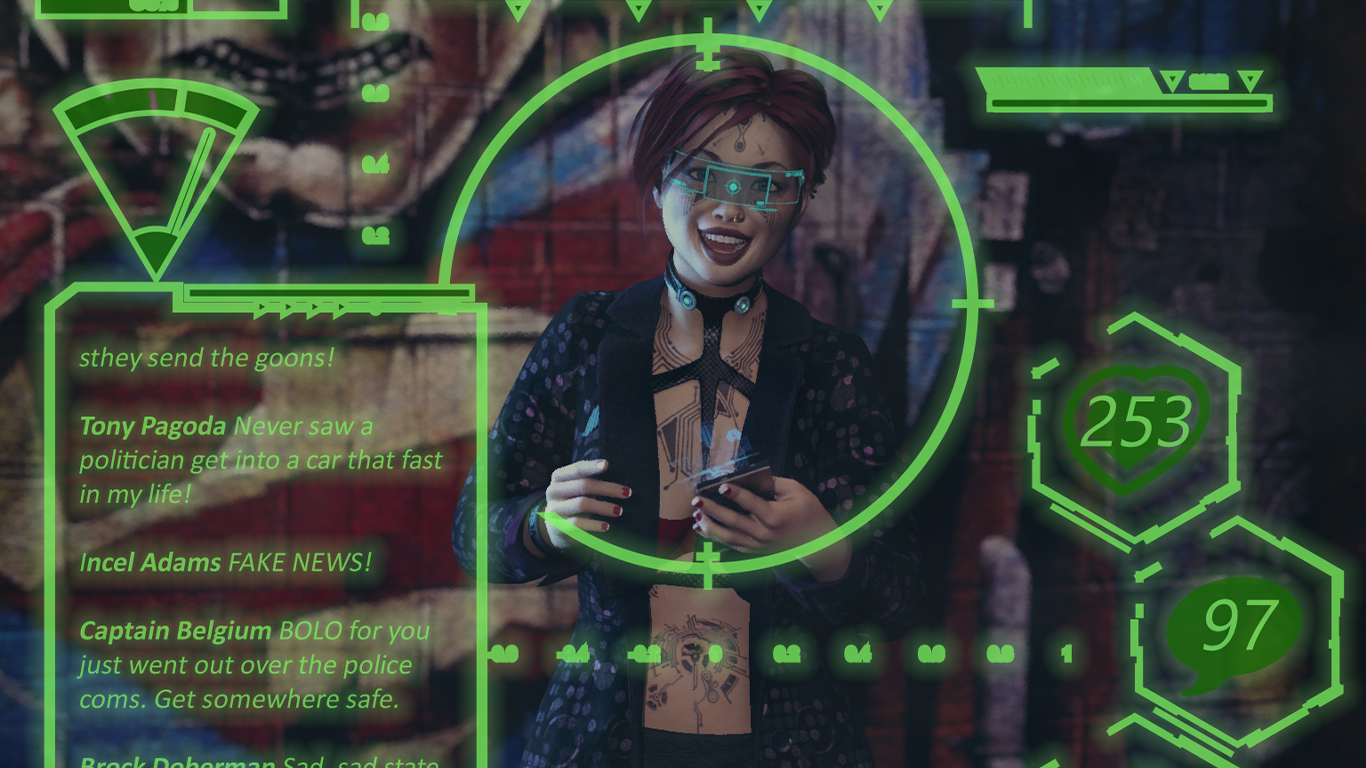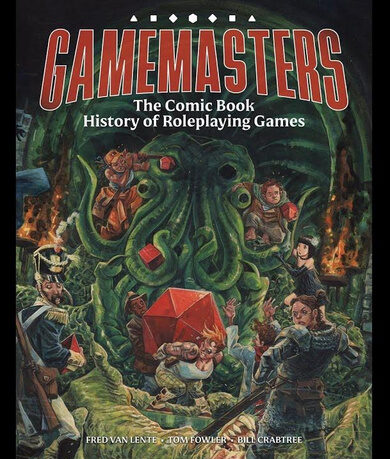We may earn money or products from the companies mentioned in this post.
 The Ronin’s Guide to the Sprawl: Street Cred is a supplement for Interface Zero, Savage World’s cyberpunk game that I’m reasonable sure is sitting unread somewhere on my hard drive. I bought it because it was on sale and it’s a system for tracking and handling character reputation, which I’ve never seen done especially well in a game.
The Ronin’s Guide to the Sprawl: Street Cred is a supplement for Interface Zero, Savage World’s cyberpunk game that I’m reasonable sure is sitting unread somewhere on my hard drive. I bought it because it was on sale and it’s a system for tracking and handling character reputation, which I’ve never seen done especially well in a game.
The basic system basically involves a D&D class system for reputation: you pick a “class” (influence path) and earn or lose influence after each mission based on your action. When your influence reaches certain thresholds, you unlock new perks: additional contacts, access to better equipment, or access to exclusive locations.
There’s a generic table for gaining/losing influence, but I’m not really sure what it’s there for since each influence path has its own version of the table with additional entries and slightly adjusted modifiers for the stuff on the basic table. Entries include things like completing for failing the mission (with different awards/penalties based on how well or badly things went), attracting attention, killing innocents, looting cyberwear from bodies, etc. The list of modifiers seems a little skimpy even if you limit the scope to a paint-by-number cyberpunk game, but at least provides a basic range for modifiers (-5 to +4) and some benchmarks to use as examples.
The next section of the book describes the influence paths, along with their version of the modifiers and descriptions of the special things that group can do to lose or gain influence. For example, the Headliner (who thrives on attention) gains less influence than other characters when his team completes a “ghost mission” (a job that goes so well that reports of it are more urban legend than crime blotter), but gains influence for attracting too much attention to themselves (most characters lose influence for this). The also gain influence for doing things that would look cool in a movie, while losing points for slip-ups that no self-respecting action hero would make. The book describes 10 paths that provide a pretty good selection for a standard cyberpunk game and a lot of the examples would be fairly easy to port over to a different genre.
Next up is the “level table” (complete with level titles) that shows how much influence you have to collect to reach each level, along with what you get. Characters get a new contact every time their influence level increases and every 4th level they improve their Access and the default reaction NPCs have to them. The four access levels are: Fringe (gutter punk), Meat Market (standard cyberpunk circles), A-list (professionals), and Mythic (for Johnny Silverhand types). Higher access levels provide access to bigger loans, better equipment, and more exclusive private parties.
In addition to using influence like XP to progress on the reputation table, characters can spend influence to get favors. The examples are pretty narrow: there are technically 16, but it’s really just 4 different versions (1 for each tier) of the same 4 items: Loans, Gear, the ability to get a meeting with a powerful (for your influence tier) NPC, and access to increasingly exclusive locations. There’s also a section on how to handle the loss of NPC costs (either through spending them or losing them after a bad mission), particularly how to deal with PCs who lose influence levels or access (the basic advice is to role-play the shift in status).
Next up is a section on contacts, with boilerplate lists of NPC types and traits. Not much to see there. That’s followed up with a bunch of NPC types (AI, fixer, bartender, etc), each with a sample character that someone decided should be presented in black ink on a dark gray-blue background, making it extremely unpleasant to read.
Finally, there’s some game/system specific stuff–changes to standard advantages and disadvantages, sample places and gear, etc. that I just skimmed over (it all looked fine, if not particularly innovative or exciting).
Overall, the system is too crunchy for my tastes, but it might be possible to steal some of the ideas for a more streamlined reputation system. The book itself looks good (except for the headache-inducing sample NPCs) and there’s a reasonable amount of perfectly good art. The editing is mostly good, but probably could have used another pass. The most noticeable problem is some double-printed text that I’m 90% sure crept in during layout. The other is the recurring (but oddly, not consistent) use of an apostrophe when pluralizing “NPC.” I noticed a few other errors, but except for a couple of sentences that were clearly missing words, they were mostly minor things that most people won’t even notice (like a dangling opening parenthesis





